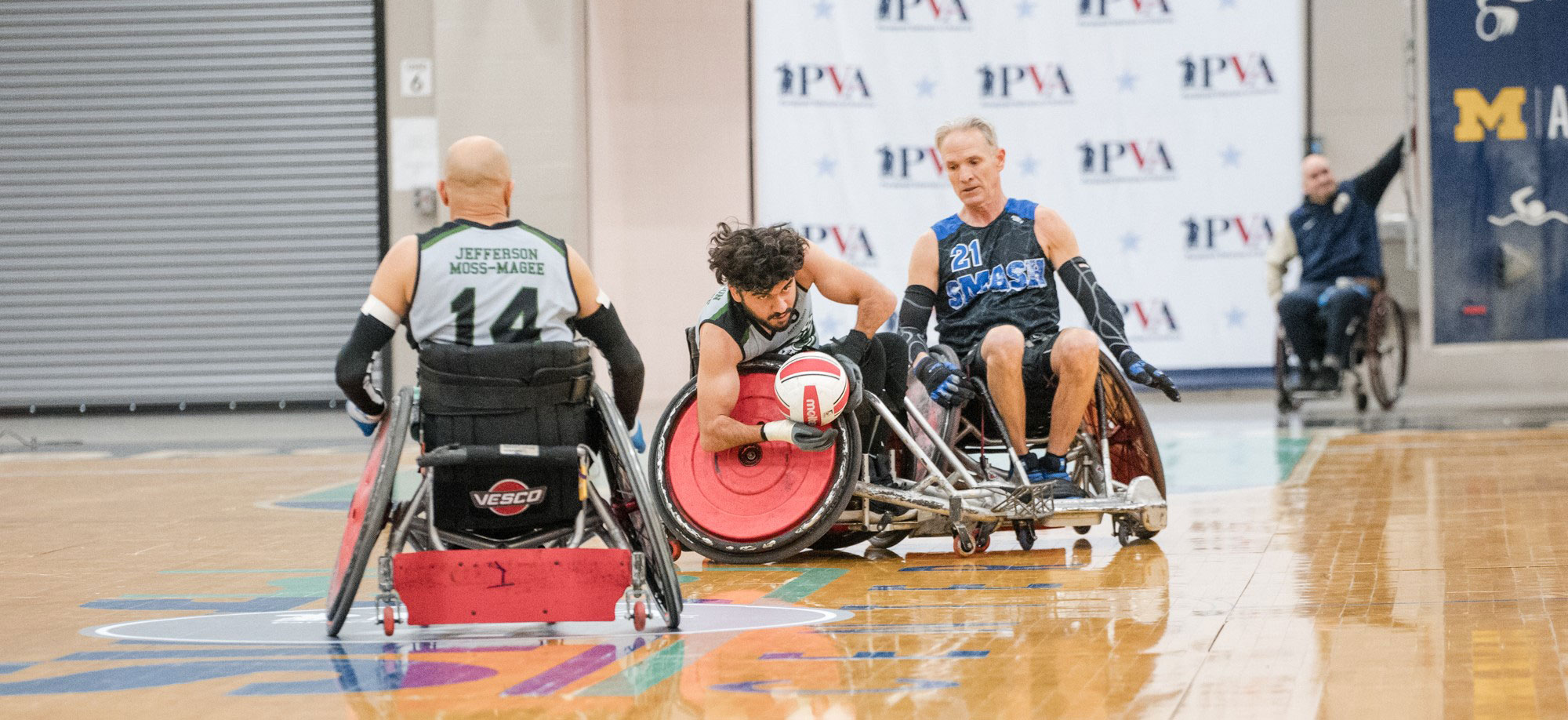
Increasing Access to Quality Healthcare for People with Disabilities
Mini-modules and Additional Resources
This page contains smaller modules, project videos, and resources that can be shared with many different audiences.
- Full bonus module: Disability Education Module
- Content provided focuses on conducting a thorough history including accommodations and modifications for individuals with disabilities.
- Recommended audiences: Medical students, medical residents, providers working with people with IDD.
- Module References (pdf)
- Module Additional Resources (pdf)
- Module (pdf offline version)
- Full bonus module: Caregiver Mental Health
- Recommended audiences: Any medical providers, case workers, support staff, anyone who interacts with caregivers of someone with IDD.
- Module References (pdf)
- Module Additional Resources (pdf)
- Module (pdf offline version)
- PM&R bonus content: Spasticity management
- Recommended audiences: Medical students, medical residents, physicians working with people with IDD
Each module in this project includes videos from project consultants with lived experience of disability. You can view these videos below.
- Aronya
- Aronya recounts an experience she had in an emergency room and demonstrates some of the adaptations that make her life safer and easier.
- John and Joan
- John and his mom, Joan, talk to us about the difference in expectations doctors gave him and his parents when he was born with Down syndrome, and the full life he is living today.
- Marie
- Marie is the parent and primary caregiver of her daughter, Corey, who has an acquired brain injury from a car accident. Marie recounts her experience transitioning into a caregiver role, caregiver mental health, and some of the positive and negative experiences she and Corey have had with the healthcare system.
- Roc and Donna
- Roc is a wheelchair user who shares his experience getting a power chair for mobility. He and his grandmother Donna, share about the ways power mobility is a good choice for Roc's continued growth in adulthood.
- Sara
- Sara uses eye-gaze AAC to communicate. She shares about what she would like others to know about AAC and lets us join us for a provider visit to see what it can look like to use AAC within the healthcare system.
- Steve
- Steve shares his experience playing wheelchair rugby and reminds us that while our patients may be described as a "vulnerable population", they are not fragile!
- Zach
- Zach walks us through his morning routine as he gets ready for a doctor's appointment and shows some of the things he has in his house to help him as a wheelchair user.

